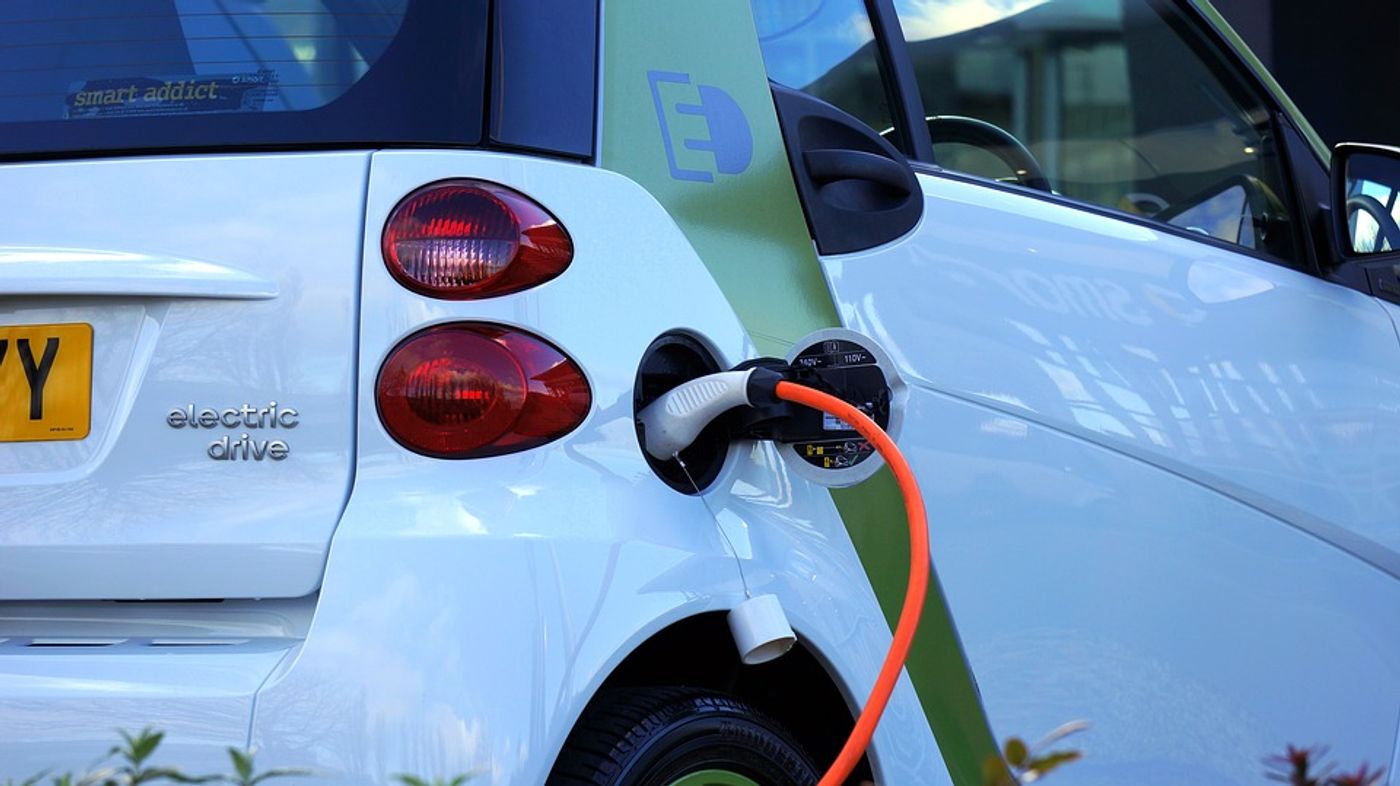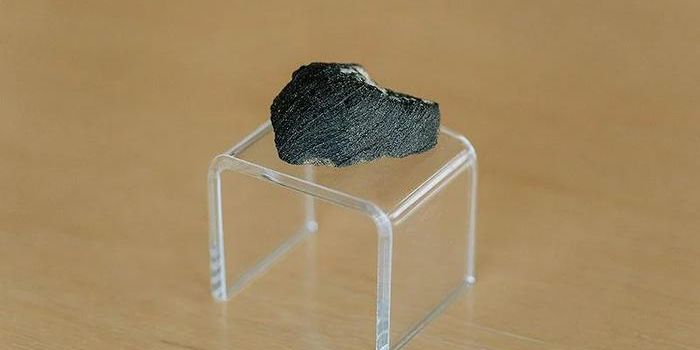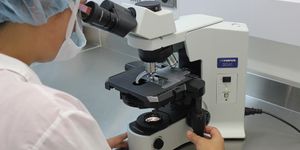Enhancing the efficiency of lithium metal batteries with a new electrolyte
A study published recently in Nature Energy reports the development of an electrolyte that enhances the efficiency of lithium metal batteries. This development could be the step needed to make way for wider use of battery-powered electric vehicles, say the Stanford University scientists.
"Most electric cars run on lithium-ion batteries, which are rapidly approaching their theoretical limit on energy density," said study co-author Yi Cui, who is a professor of materials science and engineering and of photon science at the SLAC National Accelerator Laboratory. "Our study focused on lithium metal batteries, which are lighter than lithium-ion batteries and can potentially deliver more energy per unit weight and volume."
You can think of a battery as two electrodes, one positively charged cathode and one negatively charged anode. Ions move between the electrodes through an electrolyte solution when the battery is used and as it recharges, powering your laptop or flashlight. Nowadays, most batteries use lithium-ion batteries, meaning the cathode in the battery is made of lithium and the anode is usually made of graphite. For a time now, scientists have been working on batteries that use lithium metal, replacing the graphite anode with lithium metal because it can hold twice as electricity per kilogram as a lithium-ion battery.
But there’s been a problem, unable to be solved up until this point.
"Lithium metal batteries are very promising for electric vehicles, where weight and volume are a big concern," said study co-author Zhenan Bao, the K.K. Lee Professor in the School of Engineering. "But during operation, the lithium metal anode reacts with the liquid electrolyte. This causes the growth of lithium microstructures called dendrites on the surface of the anode, which can cause the battery to catch fire and fail."
"The electrolyte has been the Achilles' heel of lithium metal batteries," said co-lead author Zhiao Yu, a graduate student in chemistry. "In our study, we use organic chemistry to rationally design and create new, stable electrolytes for these batteries."
In a cheap and easily-scalable design, the researchers developed a synthetic compound called FDMB that adds fluorine atoms to the electrolyte and allows the lithium metal anode to function without concern. It’s also extremely effective.
According to their initial tests, after 420 cycles of charging and discharging the battery using FDMB retained 90% of its initial charge. Until now, lithium metal batteries have never made it past about 30 cycles.
"These results show promise for a wide range of devices," Bao added. "Lightweight, anode-free batteries will be an attractive feature for drones and many other consumer electronics." But the work doesn’t stop here, comments Bao. "Our study basically provides a design principle that people can apply to come up with better electrolytes. We just showed one example, but there are many other possibilities."
Sources: Nature Energy, Science Daily









